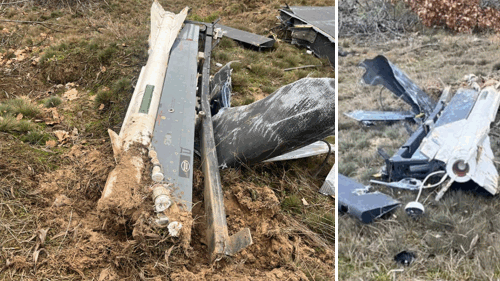75,000 IED and RCIED entries on the Open Source Threat Database

75,000 IED and RCIED entries on the Open Source Threat Database

The Open Source Threat Database (OSTD) recorded its 75,000th entry in July 2025, establishing it as a leading global resource for RCIED and IED threat data.
The 75,000th event recorded shows the range of data on the OSTD.
The event, which occurred following operations between 1 July 2025 and 3 July 2025, reports on Pakistani security forces operations near Hassan Khel, along the Pakistan-Afghanistan border. These operations resulted in the deaths of 30 militants and the recovery of RC BME, including four RFT-2 trigger systems, a 4-channel transmitter, detonators, 9V batteries and a device resembling a No.69 grenade.
A statement issued by the Inter-Services Public Relations (ISPR), the media wing of the Pakistan Armed Forces, stated that the perpetrators were attempting to cross the border from Afghanistan and called for vigilance from the Afghan government. The perpetrators are also described by ISPR as ‘Fitna al-Khwarij’, a term used by the Pakistan Armed Forces to refer to the TTP (Tehrik-e Taliban Pakistan).
Intelligence you can rely on
Used by intelligence agencies, bomb data centres and capability providers alike. The OSTD has an intuitive, user-friendly interface and can be used to search and sort data quickly and efficiently. The OSTD combines technical frequency parameters with OEM documentation and open-source media reports, making the task of identifying RCIEDs, trend analysis, TTP or mission fill development easier for you.

ISPR
EWS also offers threat analysis, market research and country-specific intelligence reports that are fully customised to your organisation’s requirements.
Actionable intelligence from subject matter experts
Updated on a daily basis by our subject matter experts, the OSTD provides an essential open source intelligence resource in addressing this dynamic threat and complex operational environment. Analysts are trained to use a wide variety of search techniques and to ‘think outside the box’ in order to acquire, process and validate the data collected on each event. The information gathered is subjected to sophisticated search processes and cross-referenced against existing known metadata and geospatial intelligence – then emerging threats, tactics, techniques and procedures can be identified. As such, the OSTD contains vast data on critical indicators and warnings for threat assessment purposes, aiding decisions made to maintain operational advantages.
To see a selection of events recorded in the OSTD – CLICK HERE.
Want to find out more?
A no-obligation demonstration of the capabilities of the OSTD can be arranged either online, remotely or in person. CLICK HERE to contact us today to arrange a no-obligation demonstration of our Open Source Threat Database, request a temporary log-in or to ask for more information.




